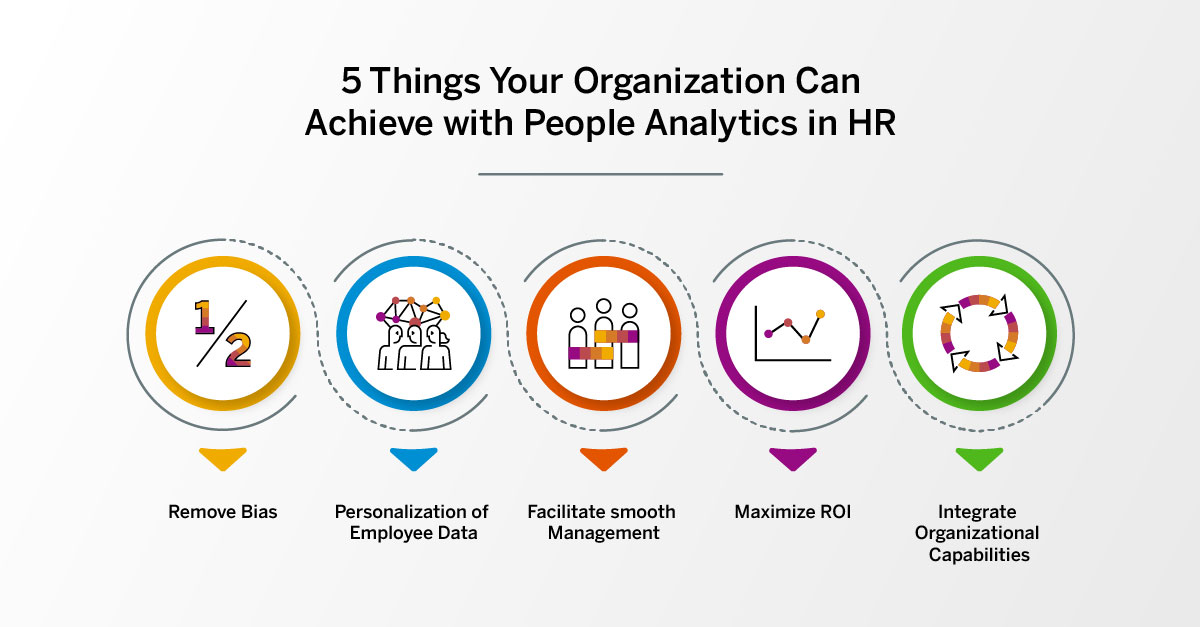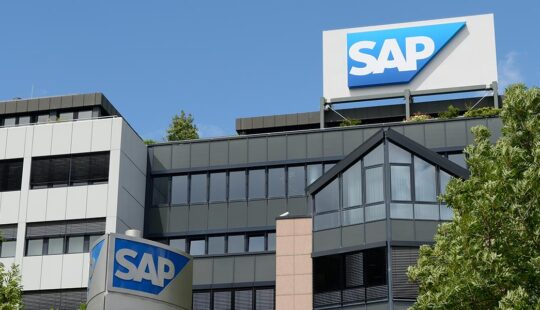The contribution of human resources (HR) to organizational performance is up for debate even though there has been a monumental change in roles and responsibilities. In today’s connected organization, HR no longer functions in a silo aligning itself to business goals. Whether it has been helping organizations and employees pivot to hybrid working and remote working or constantly enhancing employee engagement to spur productivity, HR’s role has been pivotal.
In the past two years, in particular, HR’s strategic role and its organizational importance has come to fore. From talent management to its role in ensuring business as usual by liaising with IT teams to provide collaborative tools and increase technology adoption is well-documented. What this has also led to is the increased use of data to derive insights resulting in better talent management (both hiring and retention). But leveraging data and analytics hasn’t been adopted as much as it should. Manual intervention is still time consuming, costly and at times ineffective. Consequently, human resource teams are beginning to realize the importance of people analytics and more data driven management in all aspects of HR functions.
HR takes a central role in business strategy
There has always been a distinctive difference in the conversations that happen in HR vis a vis other functions (sales, marketing, finance, etc.) . Typically, the former tends to be more anecdotal in nature, while other functions are mostly always data-driven. This strengthens pre-existing notions of Human Resources as an intuitive function. Of course, the role of HR in talent management strategies need to find basis in individuals. But by nature of diverse work cultures and office dynamics, HR strategies aren’t always accurate and subjected to bias. And while data is an intrinsic part of HR operations, it usually finds its place in descriptive reports (number of people organization-wide, geographic spread, etc.…) rather than as a tool that can be leveraged while planning business strategies.
According to Deloitte, the focus on big data will challenge HR leaders to build a people analytics team, bring together multi-disciplinary skills, and develop a long-range plan to “datafy” HR.
People choosing People Analytics
While data analytics is just that, crunching data to get a better understand of what the numbers imply, people analytics is a whole different game. People analytics refers to all talent data and its application which helps human resources base their talent management strategies on data. It also allows HR to spot trends and predict talent strategy.
In fact, people analytics becomes the bridge which connects HR metrics to business outcomes. amalgamating pre-existing HR data with real time activities. This approach would help create a database through which HR can model and predict outcomes helping businesses attain maximum returns on investments on human capital.
According to Deloitte research, 70% of respondents surveyed had invested in people analytic tools while over 50% planned to invest in such tools. Digitization in the workforce, owing to the pandemic, has also prompted high performing organizations to be two times more likely to implement people analytics software over low performing organizations. In part, this due to the cost-effective software and because of its ability to offer unique insights to shape the employee experience, which has proved to be of paramount importance in recent times.

Employees are your first customers
While most businesses agree that it is crucial to have a customer-centric model for more success, they often fail to realize that employees are the first customers, who in turn can ensure customer satisfaction. The company goals – whether they are revenue related or cost and market share related, eventually comes down to employee satisfaction.
Employee engagement and satisfaction are the pillars on which a company can build its overall business goals. And this has become of even more importance during the pandemic where 41% of US employees feel burnt out from working remotely. Factors influencing this include-
- the added three hours of work due to the remote operations
- the mental fatigue of the pandemic.
Thus, with the increasing uncertainty, 50% of companies ranked employee experience as their first priority with people analytics playing a major role in improving it. Implementing people analytics will help HR to be strategic in how employees are utilized. When combined with design thinking and the employee’s persona, people analytics can give insights about how to avoid high attrition improve internal communications as well.
Benefits of People Analytics in HR
People analytics can be utilized by the HR department from the beginning of employee recruitment to the stage of onboarding. It lends itself in easing of the business operations in the following ways –

- Removes Bias – The data from people analytics helps in making insightful decisions about talent management by removing inherent bias that exists in an individual. The Artificial Intelligence (AI) process removes the aspect of subjectivity and guesswork which is usually associated with the talent recruitment process. With candidate interviews also becoming digital, the AI software can analyze it through its metrics of personality – thereby providing an objective view of the qualities possessed by the talent vis-à-vis the criterion of the company.
Juniper Networks, for example, not only analyses where their top performing employees come from using apps like LinkedIn, but also the company they join post exit. Having such insights will allow organizations to better manage their talent.
- Personalization of Data – On onboarding talent, people analytics software also makes provision for the personalization of each employee’s data. This allows the employer to have a more individualistic understanding of each talent which also helps them give more personalized and effective feedback and recommendations. This goes a long way in talent retention.
For example – Wal-Mart uses people analytics to hone talent capabilities and help them get a better understanding of their career paths and roles. With around 250,000 employees continuing to work at Wal-Mart for over ten years, their dedication to the company is a testament to the effectiveness of People Analytics.
- Facilitating smooth Management – Through the personalization and data visualization, the people analytics software can also keep records of time management, performance, feedback and work life balance which can help HR department implement plans for their employees’ well-being better.
- Maximizing ROI – With employee satisfaction being taken care of, these key talent metrics can be aligned with the financial and managerial decisions of the company to account for maximum return on investment in terms of talent.
The company Royal Dutch Shell, for example, would ask the employees to play video games, analyzing the data from that to ascertain which employees have the best ideas and incorporating that in employee suggestions. - Integrating Organizational Capabilities – Through the streamlining of HR processes the people analytics software can also integrate different organizational capabilities along with talent management like digital collaboration tools, IT architecture and business strategies. This is further helpful in developing leadership pipelines, reducing employee turnover, increasing productivity and create effective learning and business plans.
People analytics in a post-pandemic future
With technology transforming every day, people analytics throws up endless possibilities. Real time analytics and data can help companies understand the mental and physical wellbeing of their employees. People analytics should be viewed as an enabler that can allow HR teams to be strategic about their functional role. For example, analytics help managers get an estimate about the drop in productivity and delays, thereby allowing them to plan alternative strategies beforehand. Such insights become critical during times of disruption.
And in the new normal when hybrid working and remote working is the norm, it is vital that HR help organization to look at new metrics that matter. For instance, gauging employee satisfaction and engagement levels becomes as important as figuring out if customers are satisfied. This can be achieved through:
- Employee journey mapping and design thinking.
- Feedback from virtual focus groups also helps organizations understand the type of virtual workspace wanted by the employees.
For example – Google uses People Analytics to check and improve the pulse of the employees. This is done through surveys and feedback of its talent with a 90% average participation rate from the employees
People analytics has upgraded the HR analytics from an analogue and intuitive to a digital and predictive world. Through its uses in talent management, the people analytics tools have become the meeting point of HR and business operations. And, as organizations and people move past the pandemic, where things becoming increasingly technologically oriented, people analytics and new tools will become integral to HR strategies.


